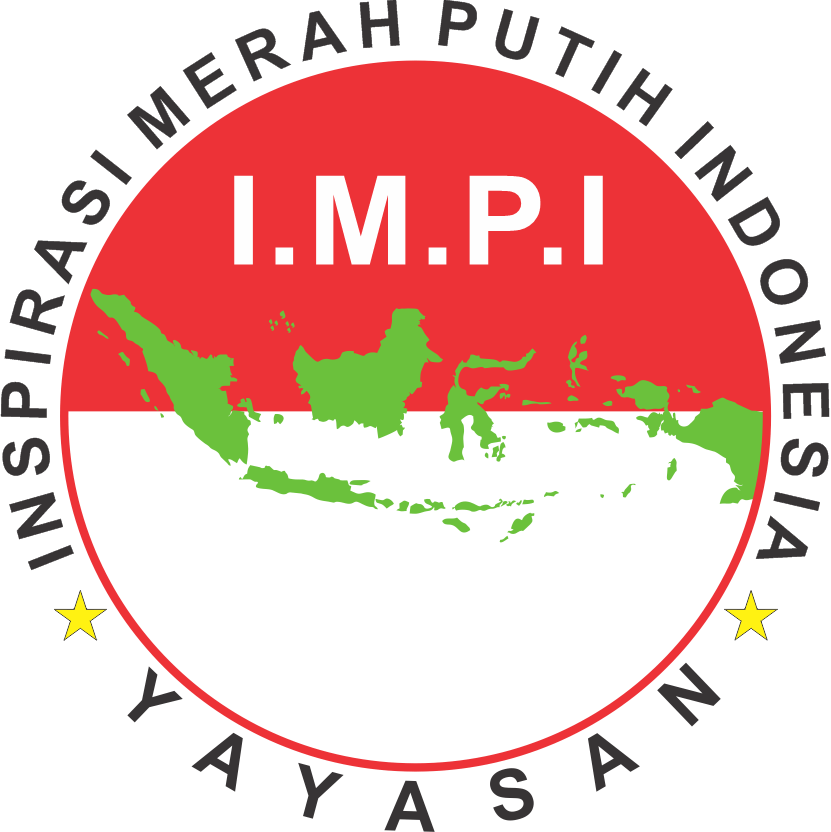THE ROLE OF COMPUTATIONAL THINKING IN IMPROVING HIGH SCHOOL STUDENTS’ PROBLEM-SOLVING ABILITIES
DOI :
https://doi.org/10.63786/jipower.v2i2.46Mots-clés :
Computational Thinking, Problem-Solving, High School Students, 21st Century Skills, STEM EducationRésumé
This study investigates the role of computational thinking (CT) in enhancing the problem-solving abilities of high school students within the context of 21st-century education demands. Computational thinking, comprising skills such as decomposition, pattern recognition, abstraction, and algorithmic design, has emerged as an essential cognitive approach for tackling complex and ill-structured problems. Using a mixed-methods design, data were collected from 120 high school students through problem-solving tests, computational thinking assessments, and semi-structured interviews. Quantitative analysis using paired t-tests revealed a statistically significant improvement in students’ problem-solving performance after the integration of CT-based instructional strategies (p < 0.05). Qualitative findings further indicated that students demonstrated greater confidence, systematic reasoning, and adaptability when addressing both academic and real-life problem contexts. The results underscore the importance of embedding CT into high school curricula, not only as a digital literacy skill but also as a transversal competency that supports creative and analytical thinking. This study contributes to the growing body of evidence advocating for CT integration as a means to prepare students for higher education, STEM careers, and complex challenges in the digital era.
Téléchargements
Références
Academia.edu. (2020). Computational thinking among high school students. https://www.academia.edu/44449867/Computational_Thinking_among_High_School_Students
Angeli, C., Voogt, J., Fluck, A., Webb, M., Cox, M., Malyn-Smith, J., & Zagami, J. (2016). A K–6 computational thinking curriculum framework: Implications for teacher knowledge. Computers & Education, 92–93, 33–45. https://doi.org/10.1016/j.compedu.2015.09.011
Bocconi, S., Chioccariello, A., Dettori, G., Ferrari, A., Engelhardt, K., Kampylis, P., & Punie, Y. (2022). Developing computational thinking in compulsory education – Implications for policy and practice. Computers & Education, 179, 104616. https://doi.org/10.1016/j.compedu.2022.104616
Grover, S., & Pea, R. (2018). Computational thinking: A competency whose time has come. ACM Inroads, 9(4), 30–37. https://doi.org/10.1145/3137065
IAIFA. (2022). Computational thinking in education: Strengthening 21st-century skills in Indonesian students. Dirasah: Jurnal Pendidikan dan Pembelajaran, 5(1), 45–56. https://ejournal.iaifa.ac.id/index.php/dirasah/article/view/119
Jonassen, D. H. (2011). Learning to solve problems: A handbook for designing problem-solving learning environments. New York, NY: Routledge. https://doi.org/10.1007/978-1-4419-7635-3_
Korkmaz, Ö., Çakir, R., & Özden, M. Y. (2017). A validity and reliability study of the computational thinking scales (CTS). Computers in Human Behavior, 72, 558–569. https://doi.org/10.1016/j.chb.2017.01.005
Meta-Analysis Study. (2024). The effect of coding and robotics activities on computational thinking and problem-solving skills in K–12 students. Journal of Computer Education, 3(1), 21–35. https://www.journalofcomputereducation.info/archieve/vol3_1/JCE_3_1_3_pdf.pd
Shute, V. J., Sun, C., & Asbell-Clarke, J. (2017). Demystifying computational thinking. Educational Research Review, 22, 142–158. https://doi.org/10.1080/10508406.2017.1365330
Springer. (2020). Computational thinking as a transdisciplinary skill in education. Educational Technology Review, 32(1), 1–15. https://link.springer.com/article/10.1007/s41979-020-00044-w
Springer. (2023). Computational thinking dispositions and mathematics achievement: A study in Singapore. International Journal of Science and Mathematics Education. https://link.springer.com/article/10.1007/s10763-023-10419-1
Sundari, S., Silalahi, V. A. J. M., Wardani, F. P., Siahaan, R. S., Sacha, S., Krismayanti, Y., & Anjarsari, N. (2024). Artificial Intelligence (AI) and automation in human resources: Shifting the focus from routine tasks to strategic initiatives for improved employee engagement. East Asian Journal of Multidisciplinary Research, 3(10), 4983–4996. https://doi.org/10.55927/eajmr.v3i10.11758
Wardani, F. P., & Hadiningrat, K. P. (2025). Urgency of coding basic learning for preschool participants: Roadmap for preparing Golden Indonesia 2045. Journal of Early Childhood and Inclusive Education, 3(1), 1–15
Wing, J. M. (2006). Computational thinking. Communications of the ACM, 49(3), 33–35. https://doi.org/10.1145/1118178.1118215
Téléchargements
Publié-e
Comment citer
Numéro
Rubrique
Licence
© Febri Pramudya Wardani 2025

Cette œuvre est protégée sous licence Creative Commons Attribution - Partage dans les Mêmes Conditions 4.0 International.














